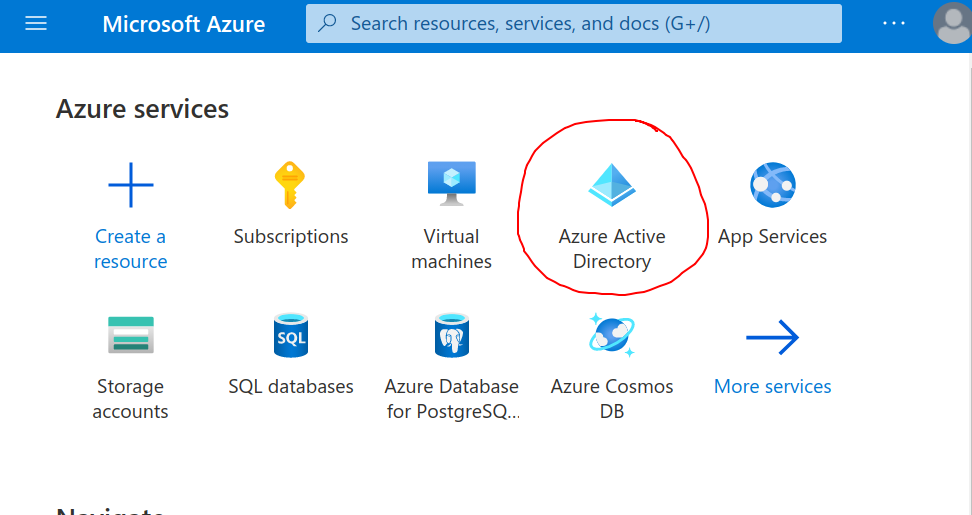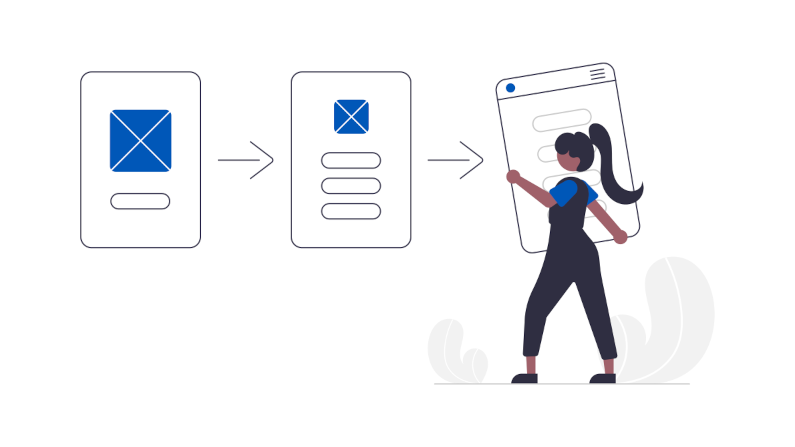AnyX Guide Topic: identity
-
Legacy Active Directory
Read more: Legacy Active DirectoryOn-premise legacy active directory with ADFS can act as an OpenID Connect Identity Provider. Learn how to configure.
-
Azure Active Directory
 Read more: Azure Active Directory
Read more: Azure Active DirectoryAzure Active Directory provides an OpenID Connect Federated Identity Endpoint. Learn how to configure.
-
Identity & Authentication Methods
Read more: Identity & Authentication MethodsYou can theme the authentication (sign-in) screen your users see. Learn how.
-
Users
Read more: UsersUsers. Individual human or system accounts that can be granted permission. Typically users are people, and, are tied to Agilicus AnyX via single-sign-on to an existing identity provider.
-
Resource Groups
 Read more: Resource Groups
Read more: Resource GroupsResource groups are a means of applying a common configuration across a set of resources (connectors, applications, shares, etc)
-
Sign in With Microsoft
 Read more: Sign in With Microsoft
Read more: Sign in With MicrosoftSign in with Microsoft to the Agilicus Platform. Ramificatiosn of Shared vs your own Azure Active Directory Application.
-
Groups
 Read more: Groups
Read more: GroupsGroups simplify assigning permissions. Assign users to one or more groups. Assign groups to groups Assign permissions to groups. Administrators, tech-support, etc.
-
Service Accounts
 Read more: Service Accounts
Read more: Service AccountsA service account is a specific subset of permissions assigned to a non-human user. The most common use is the Agilicus Agent Connector.
-
Authentication Issuer – Custom Identity
 Read more: Authentication Issuer – Custom Identity
Read more: Authentication Issuer – Custom IdentityAn Authentication Issuer holds and confirms Identity. Configure your own custom ones here.
-
Identity Group Mapping
Read more: Identity Group MappingMap your local directory groups into Agilicus AnyX, simplify configuration and maintenance
-
Auto-Create Users From Specific Domain With Google Workplace
Read more: Auto-Create Users From Specific Domain With Google WorkplaceCreate a customised Sign In With Google (for e.g. Workplace with auto-create users)
-
Authentication Issuer – Onsite Identity
 Read more: Authentication Issuer – Onsite Identity
Read more: Authentication Issuer – Onsite IdentityAn Authentication Issuer holds and confirms Identity. Configure your own custom ones here.
-
Sub Organisation Issuer
 Read more: Sub Organisation Issuer
Read more: Sub Organisation IssuerYou can now create an issuer for a suborganisation from a parent organisation. Doing so will bring up a new admin/profile endpoint for the suborganisation, at the suborganisation’s subdomain. E.g. admin.suborg.myorg.cloud.